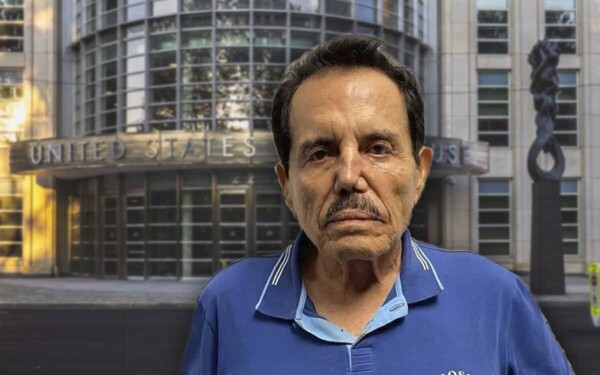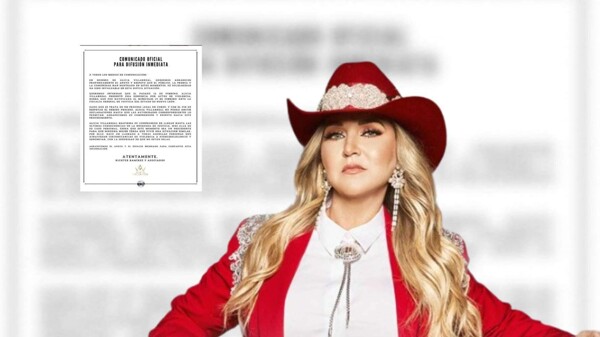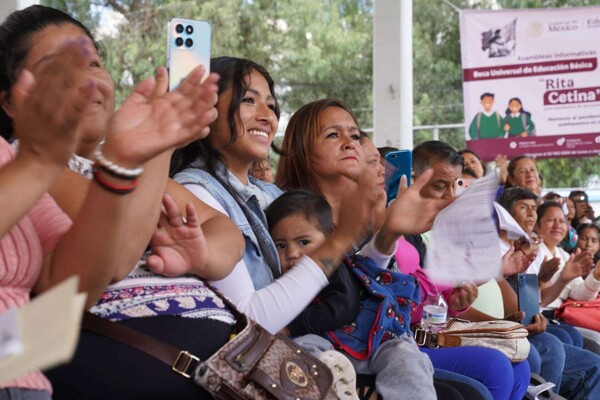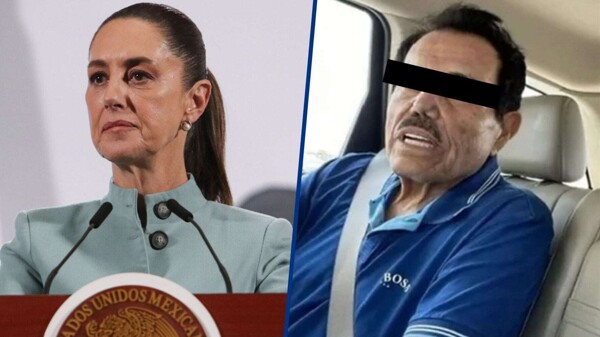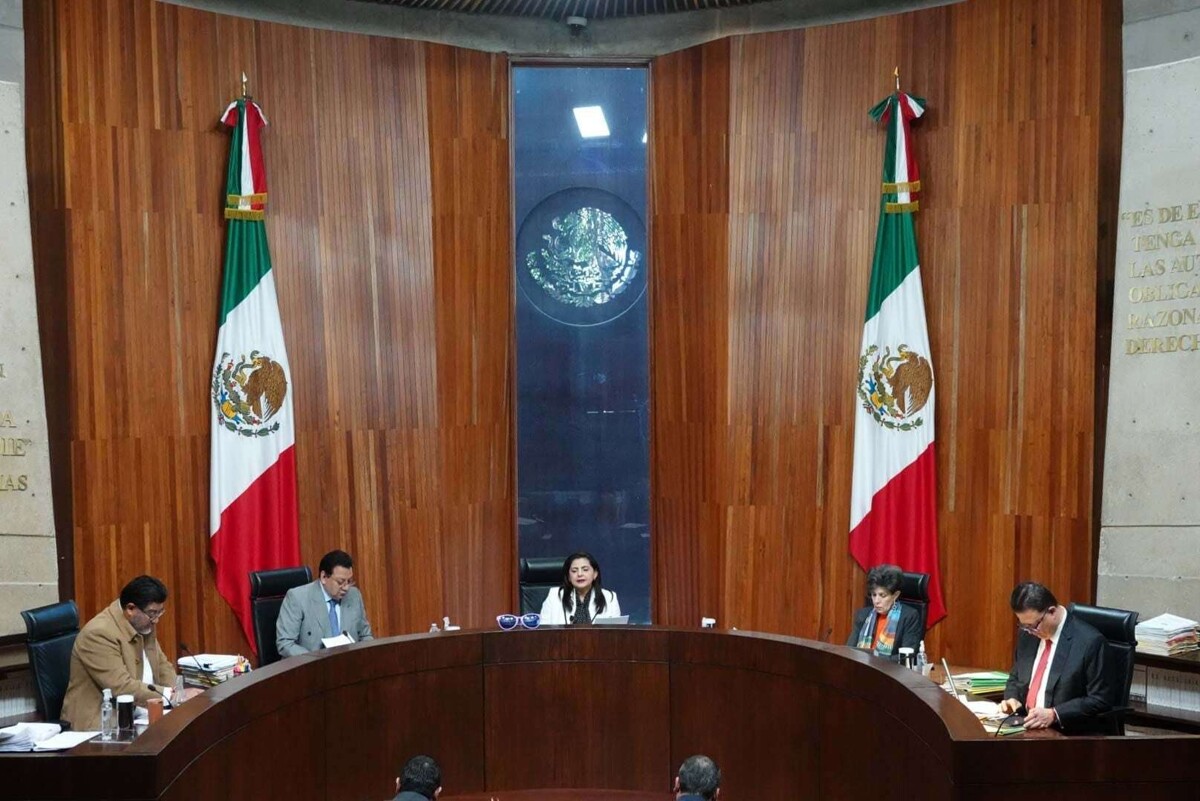
The Federal Electoral Tribunal (TEPJF) rejected modifying the candidate lists for the judicial election, despite acknowledging errors. Additionally, it supported the design of the ballot, despite criticisms from the majority of judges regarding its lack of clarity.
The presiding judge, Mónica Soto, admitted that the ballots are not very educational and complex, raising concerns about potential confusion among voters. Despite this, the majority bloc led by Soto and judges Felipe de la Mata and Felipe Fuentes decided not to make changes to the ballot design or correct errors in the candidate lists, justifying their decision by the irreparability of the damage.
Judge Fuentes argued that the ballots meet constitutional requirements by containing the full names of the candidates, numbering them, and ordering them alphabetically by last name, indicating their specialization. This position was supported by the Superior Chamber, despite objections raised by judge Janine Otálora Malassi and judge Reyes Rodríguez, who advocated for correcting the errors and exploring other clearer ballot designs.
Despite the criticisms, Judge Fuentes defended the ballot design arguing that it meets legal requirements and that the criticisms regarding the confusion of colors were unfounded. Finally, the Superior Chamber decided that the INE must issue criteria for the counting and computing of votes, as well as ensure that individuals with reading or writing difficulties receive assistance during the electoral process.











